2025 Lucid Gravity First Look: Debut SUV eyes the fat end of the EV market
Gravity seems a perfect name for Lucid’s next opus: a twin-motor, three-seat-row electric SUV that will have an estimated range of up to 440 miles. Why? Because such a vehicle, packing optional air suspension, rear-wheel steering, 23-inch wheels on some trim levels, a glass roof, and a mighty 118 kW/hours worth of lithium-ion batteries, will have a heck of a lot of mass. And as we all know from high school physics, gravity is the force that attracts all things with mass.
Of course, porcine weight is a problem that affects all electric vehicles today and the Arizona-built Lucids are no exception. The Gravity, the cheapest version of which is expected to have a starting price of just under $80,000 when it goes on sale late in 2024, could weigh as much as 6000 pounds when full specifications are announced. And it’ll tow up to 6000 pounds, giving a fully laden Gravity some serious inertia.
Lucid’s goal with the Gravity was to pack as much space and luxury into a package that is not quite as large as some three-row competitors, such as the Audi Q7. However, while it’s definitely a luxury item, with an opulent interior of wood and metal accents and optional leather, the Gravity design brief seems to have been centered around families. For starters, the sleek wind-cheating design—a super-slippery drag coefficient of 0.24 was mentioned—and the overall shape don’t say off-roader as much as urbane minivan, harkening thoughts of the Kia Carinival but without the sliding doors.
Another minivan-like feature is the flip-and-fold third row that disappears into a cavity in the floor, as well as a middle row that folds to create a flat load floor from the front seats to the rear bumper. The front trunk holds eight cubic feet of cargo, or it doubles as bleachers with an optional portable bench seat. A 110-volt AC outlet means it can also serve as a smoothie station or a charge point for electric bicycles.
As with so many interiors today, the cockpit is designed around its various screens as well as the tablets and phones that passengers bring into the car with them. (Folding tables for Gravity’s middle-seat passengers anticipate the kids’ plethora of devices.) But Lucid has tried something new here, fitting a square-ish steering wheel that allows unobstructed views of the 34-inch OLED “floating display” above it. This, the “microtablet” capacitive finger controls on the steering wheel, and the wide center screen are your gateway to Lucid UX 3.0, as the company calls its digital interface.
UX 3.0 is a multimedia control and entertainment package that includes novel features such as “Lucid Sanctuary”—a multisensory experience that pulls in the displays, the audio system, the climate control, and the massaging seats to “create a Zen space” in which to while away idle time. To ease the drudgery of waiting for the kids in the school pickup zone, for instance, one can choose from guided meditation and a karaoke function among other diversions. And if all gets to be too much, a “digital detox” mode reduces the displays down to only the bare essentials.
We’re told the Gravity uses a whole new platform separate from that of the Lucid Air sedan, with which the Saudi-backed company launched in 2021. The desire to offer a flat load floor in back necessitated a suspension redesign.
Initial Gravity models will have the company’s proprietary compact motor drive unit on both axles, giving it all-wheel-drive capability and a claimed zero-to-60 time of just 3.5 seconds. The 900-volt system allows hyper-quick charging that, presuming you can find a working 350-kW DC fast charger, will blast in 200 miles worth of range in 15 minutes.
The pre-release press material wasn’t clear on whether the circa-$80,000 starting price buys all of the features mentioned above and including the 440-mile range (we’re assuming it doesn’t). Base models will probably be front- or rear-drive only and have lesser range. Either way, the Gravity and an announced smaller and cheaper SUV due by 2026 will take Lucid much closer than the Air to the heart of the market, where the sales are and where the industry’s real heavyweights are already partying. We’ll publish a full review with drive impressions after our first bout behind the wheel.
***
Check out the Hagerty Media homepage so you don’t miss a single story, or better yet, bookmark it. To get our best stories delivered right to your inbox, subscribe to our newsletters.
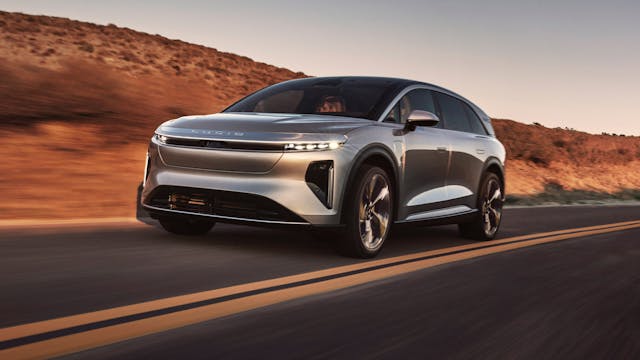
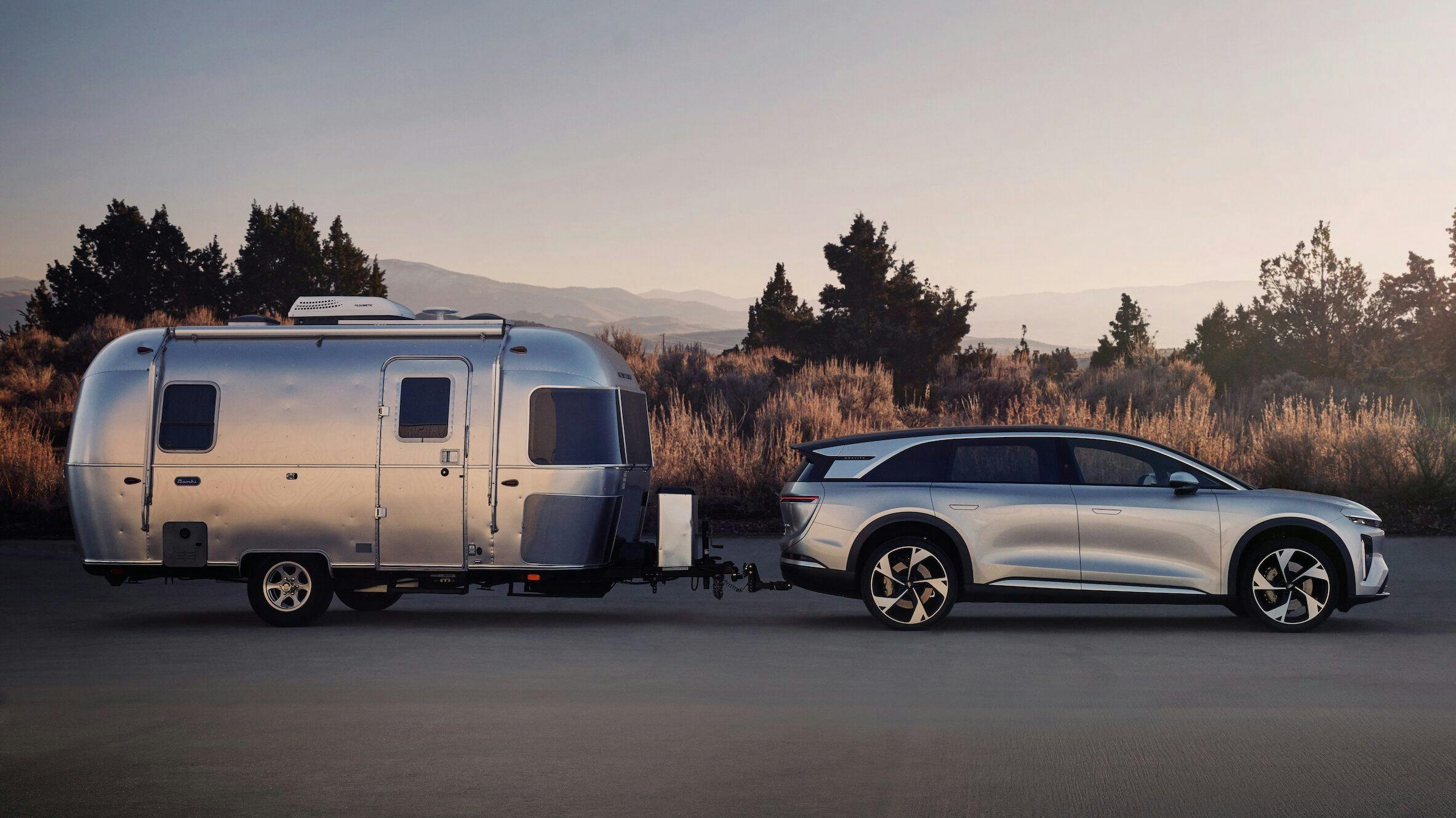


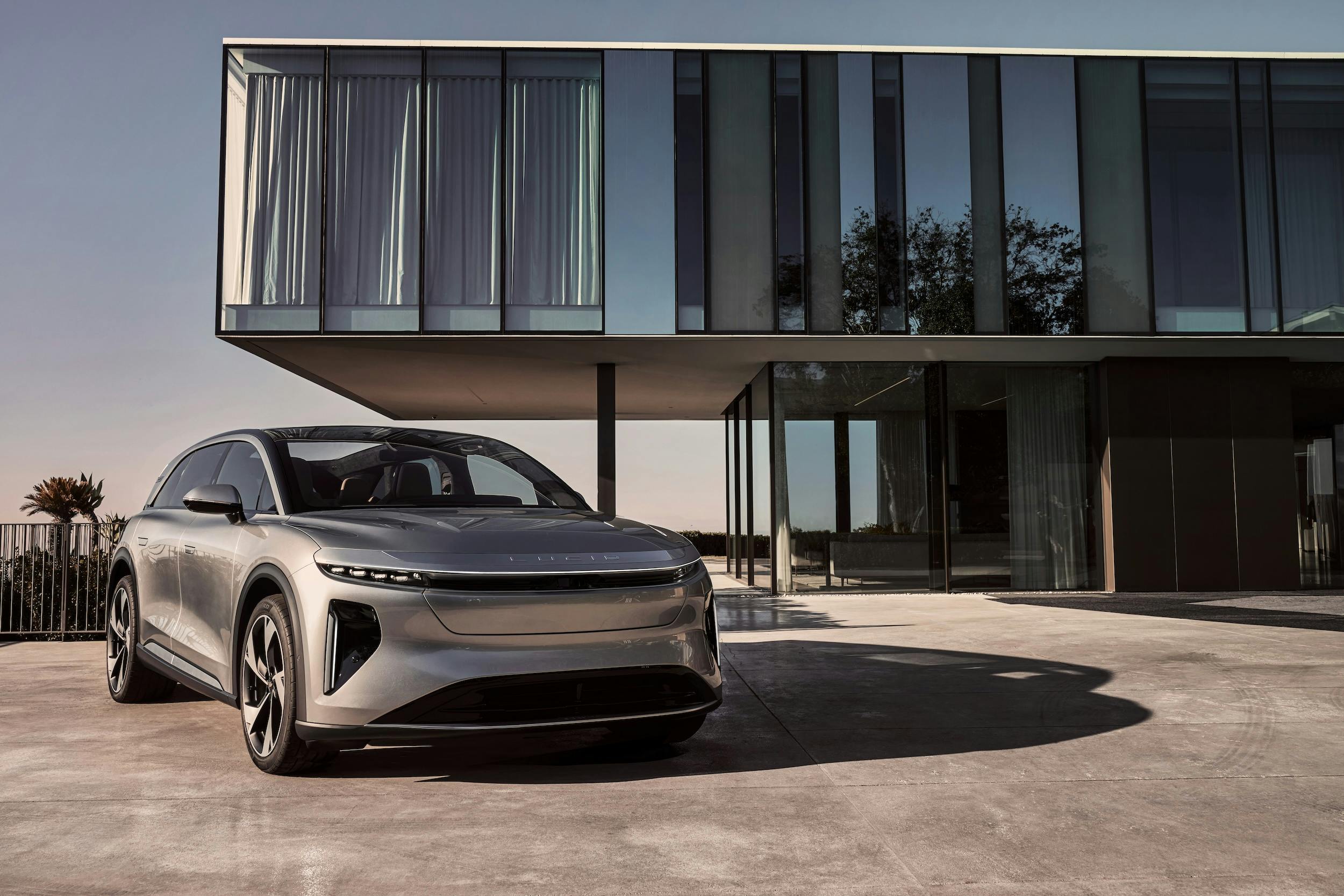


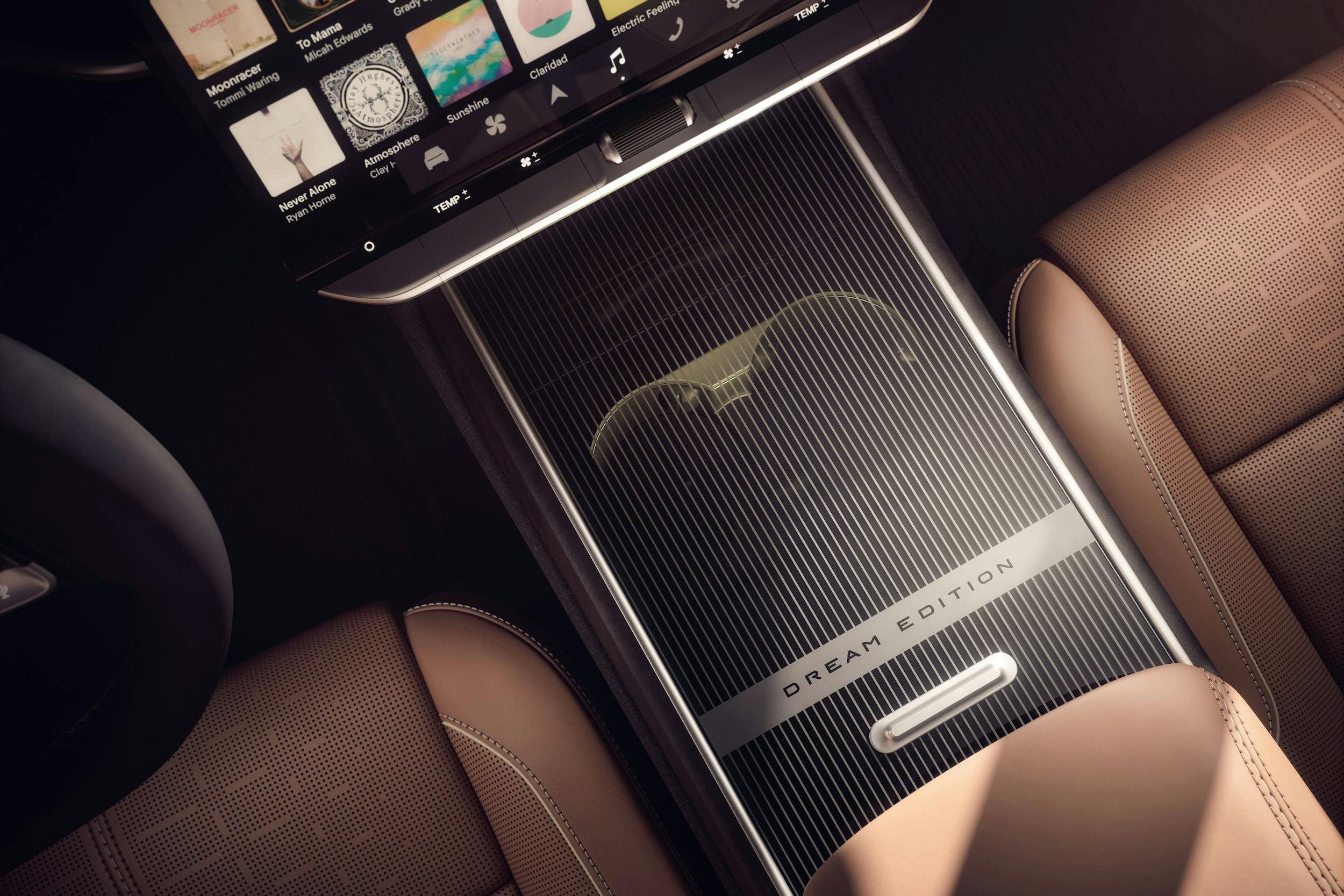
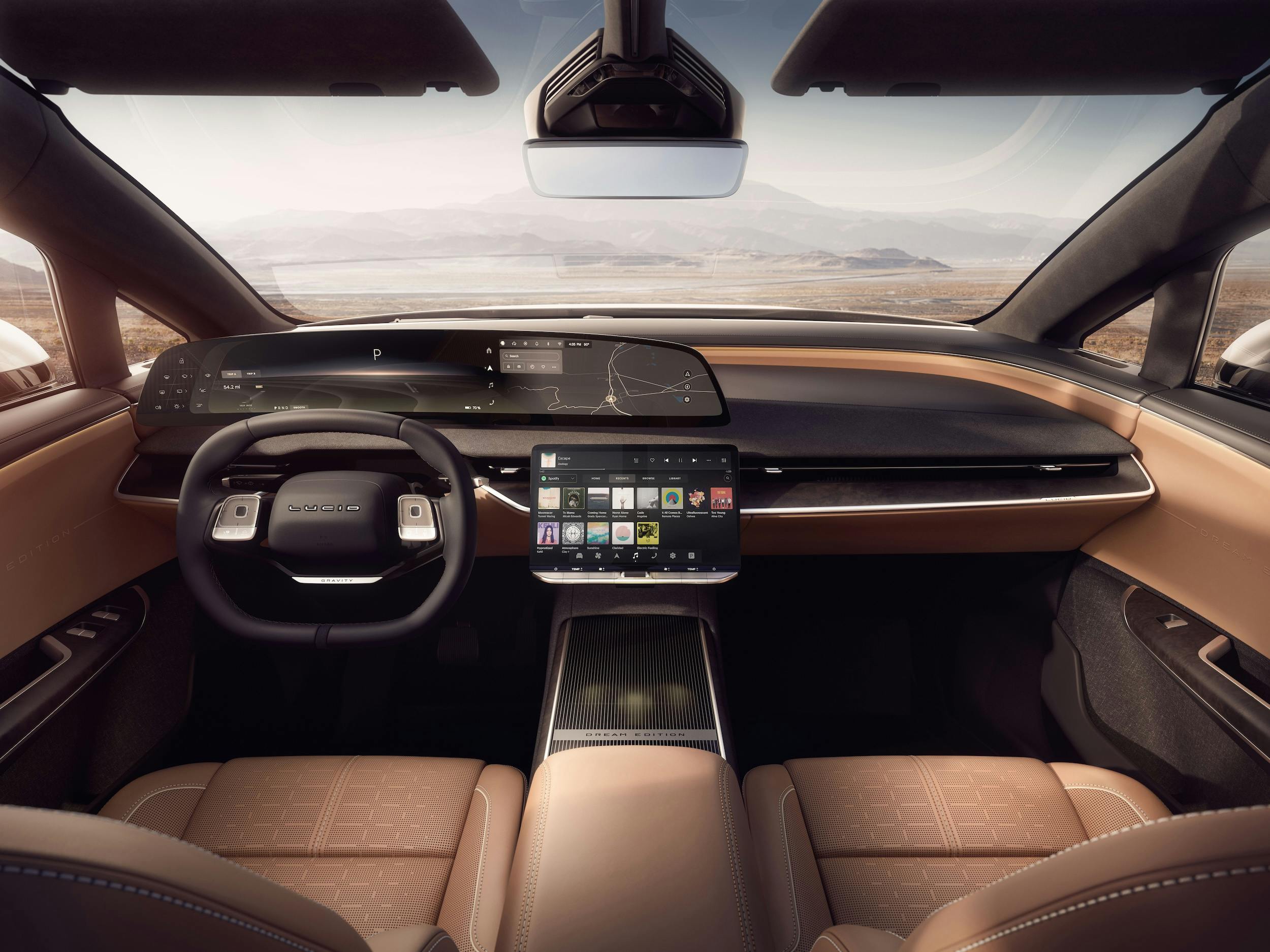

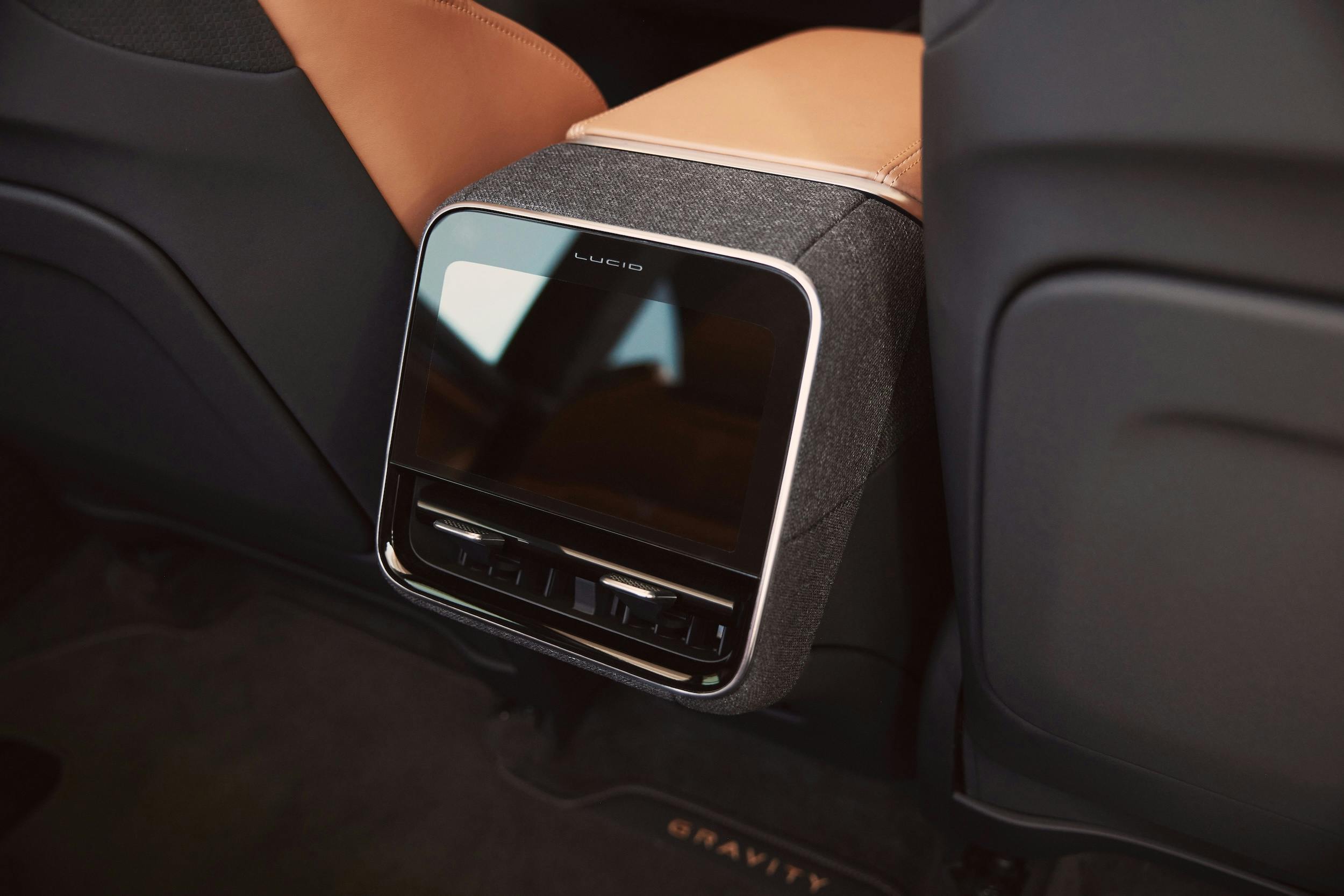
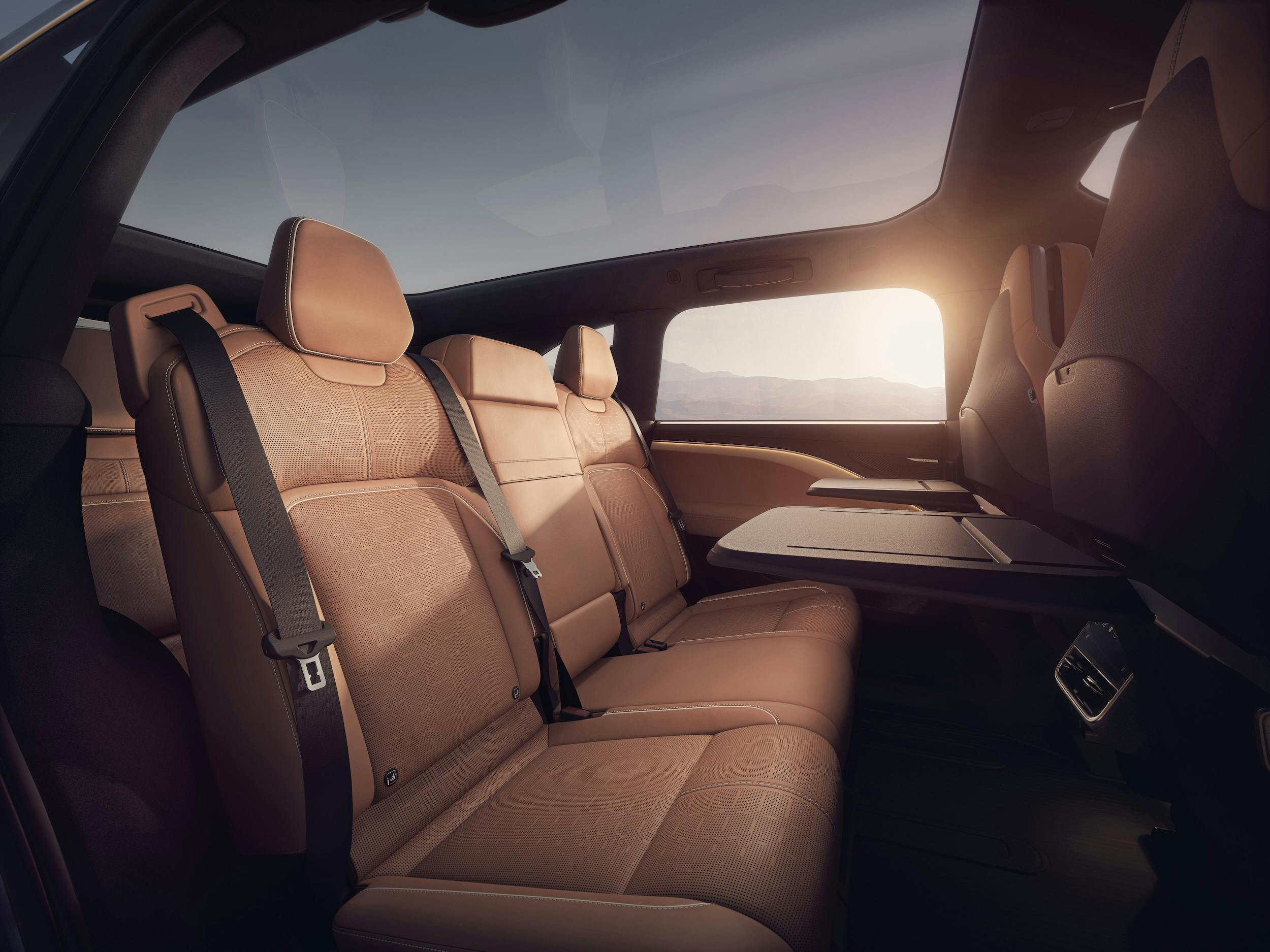
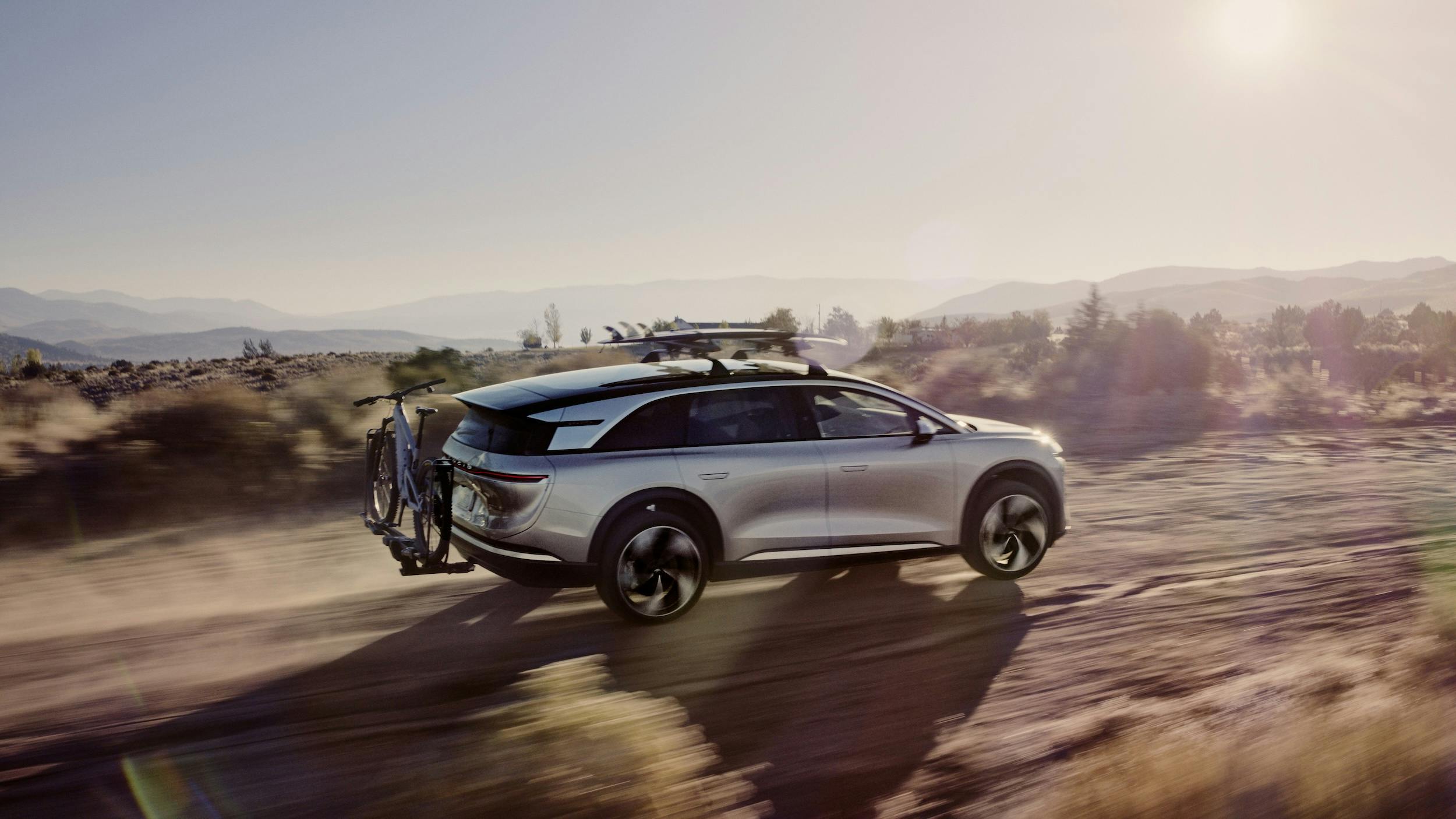


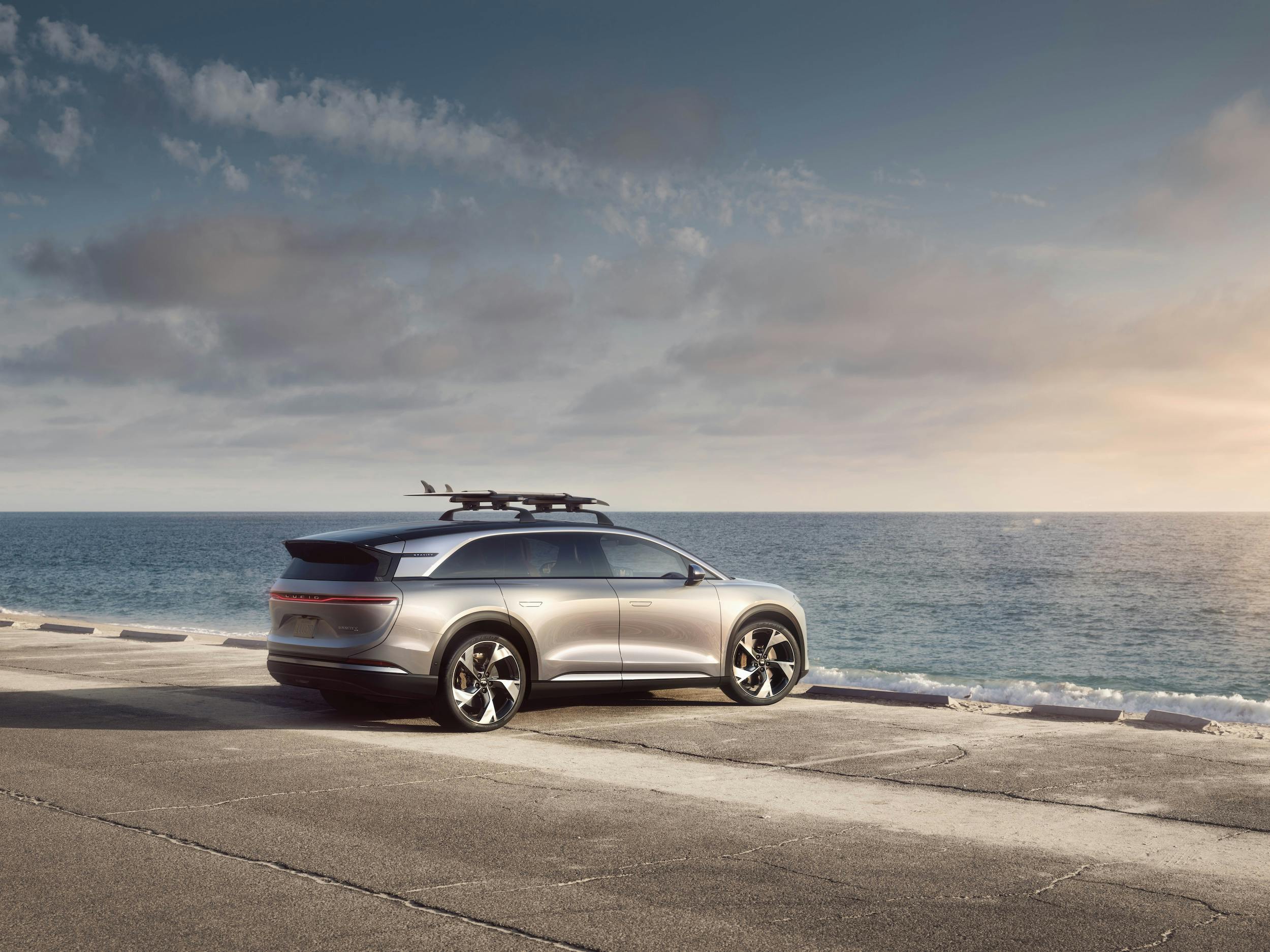
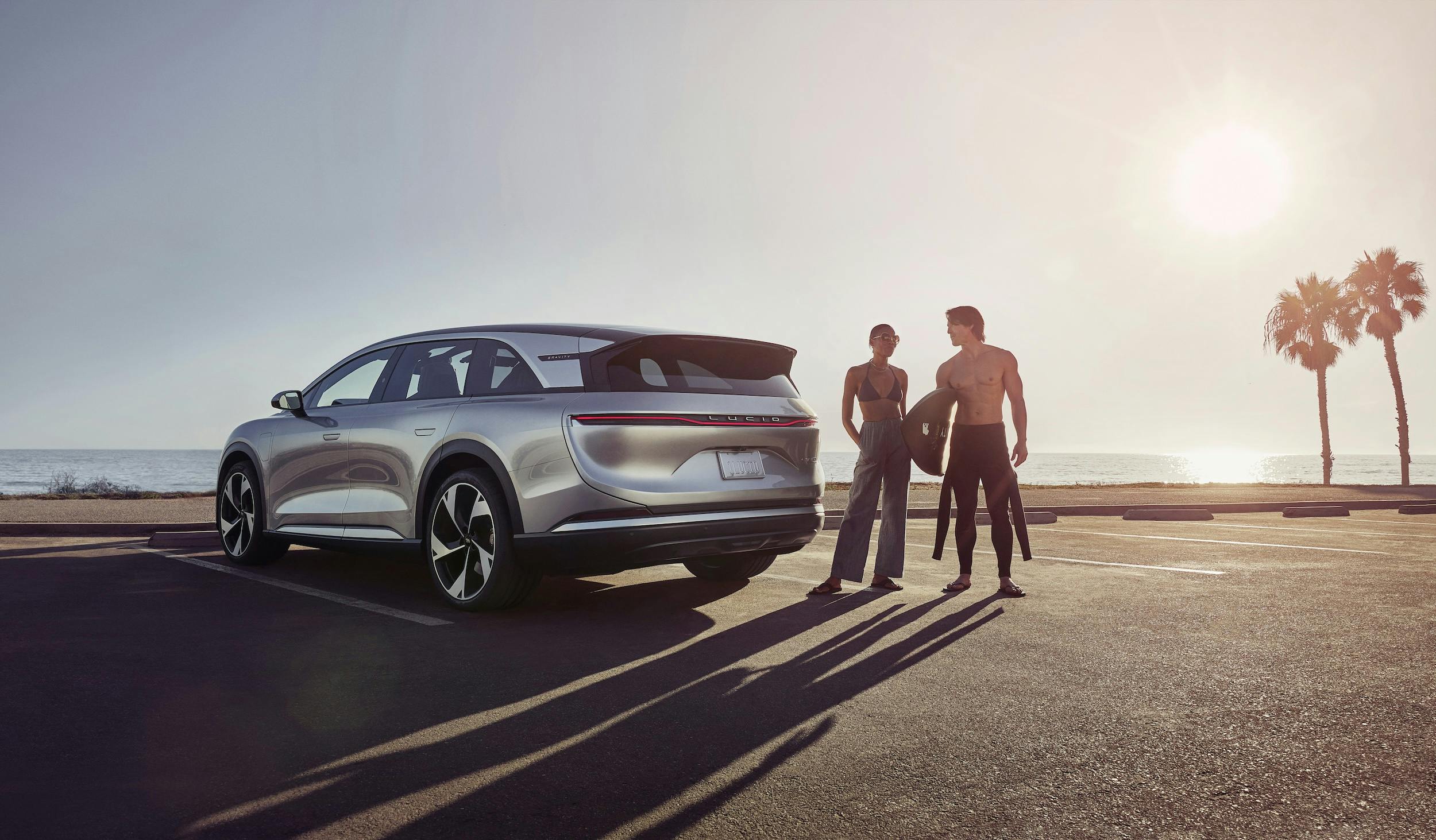
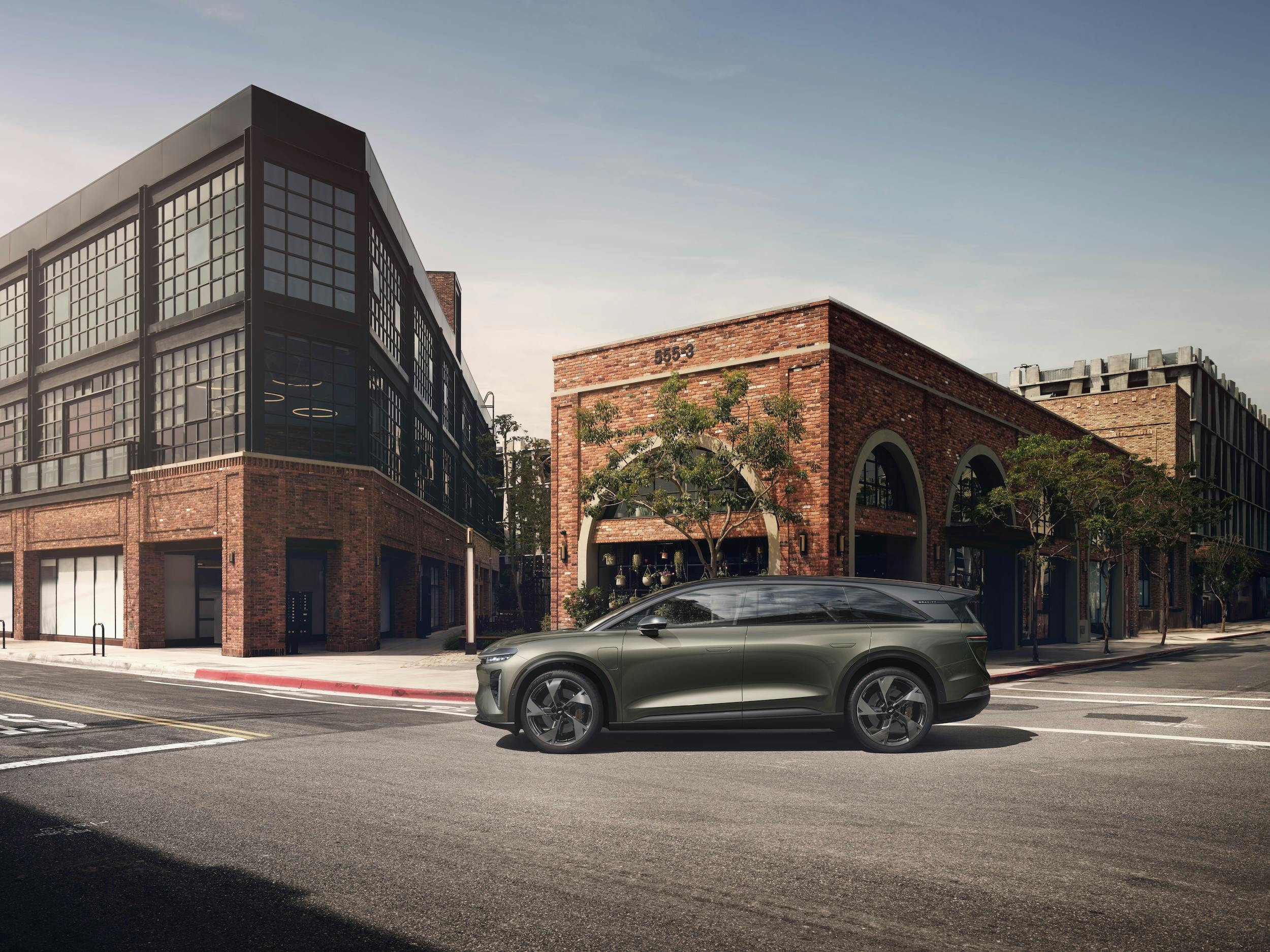
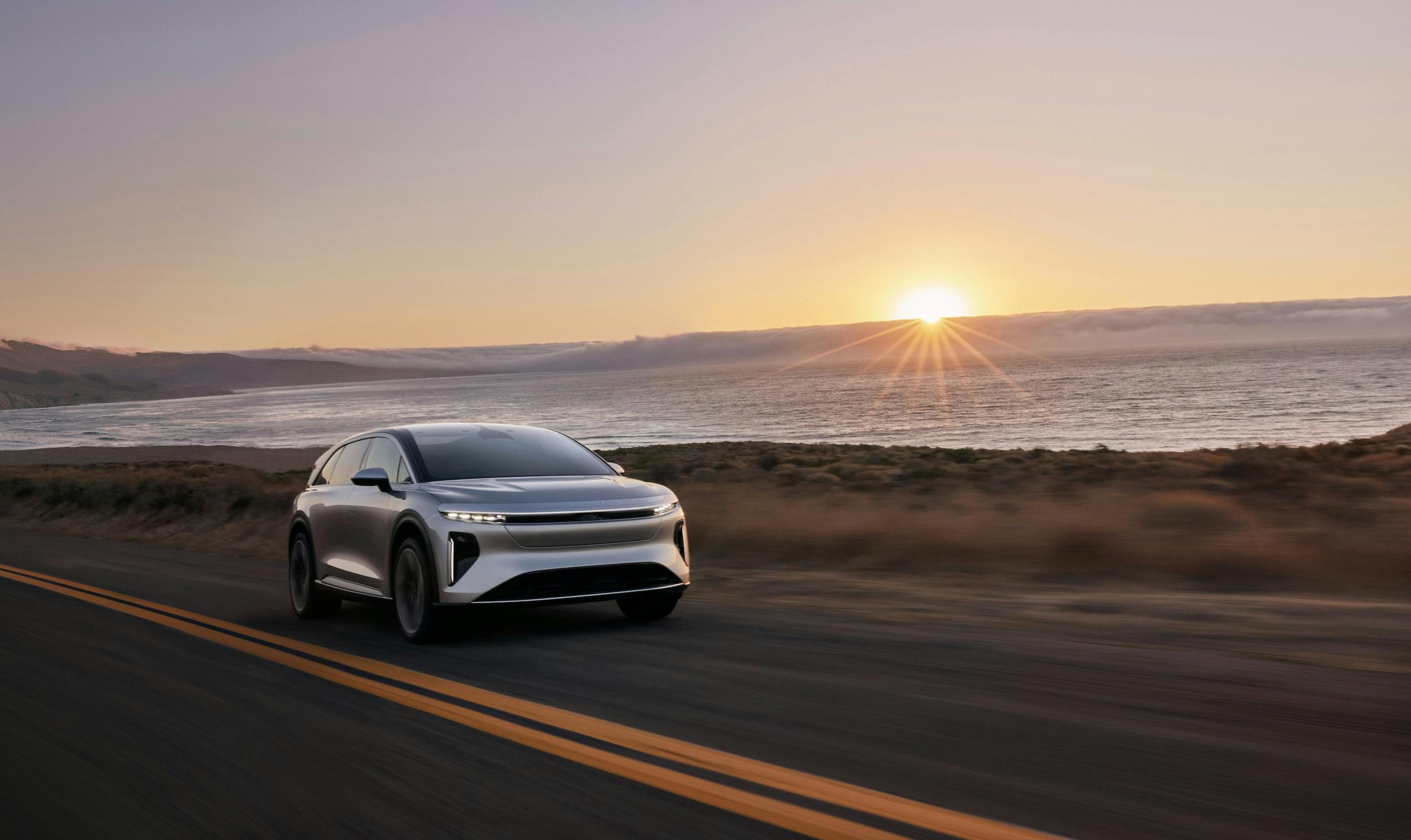
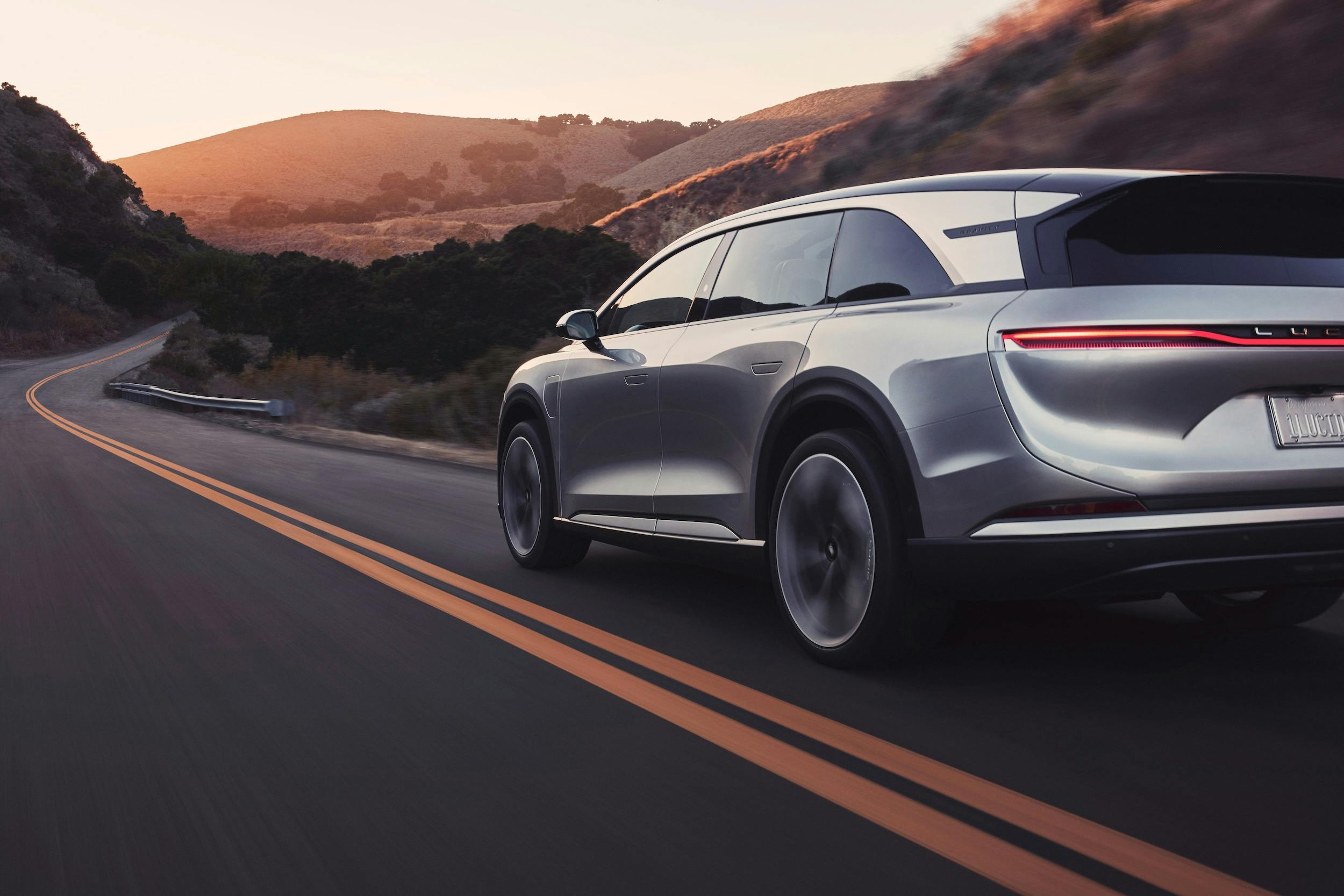

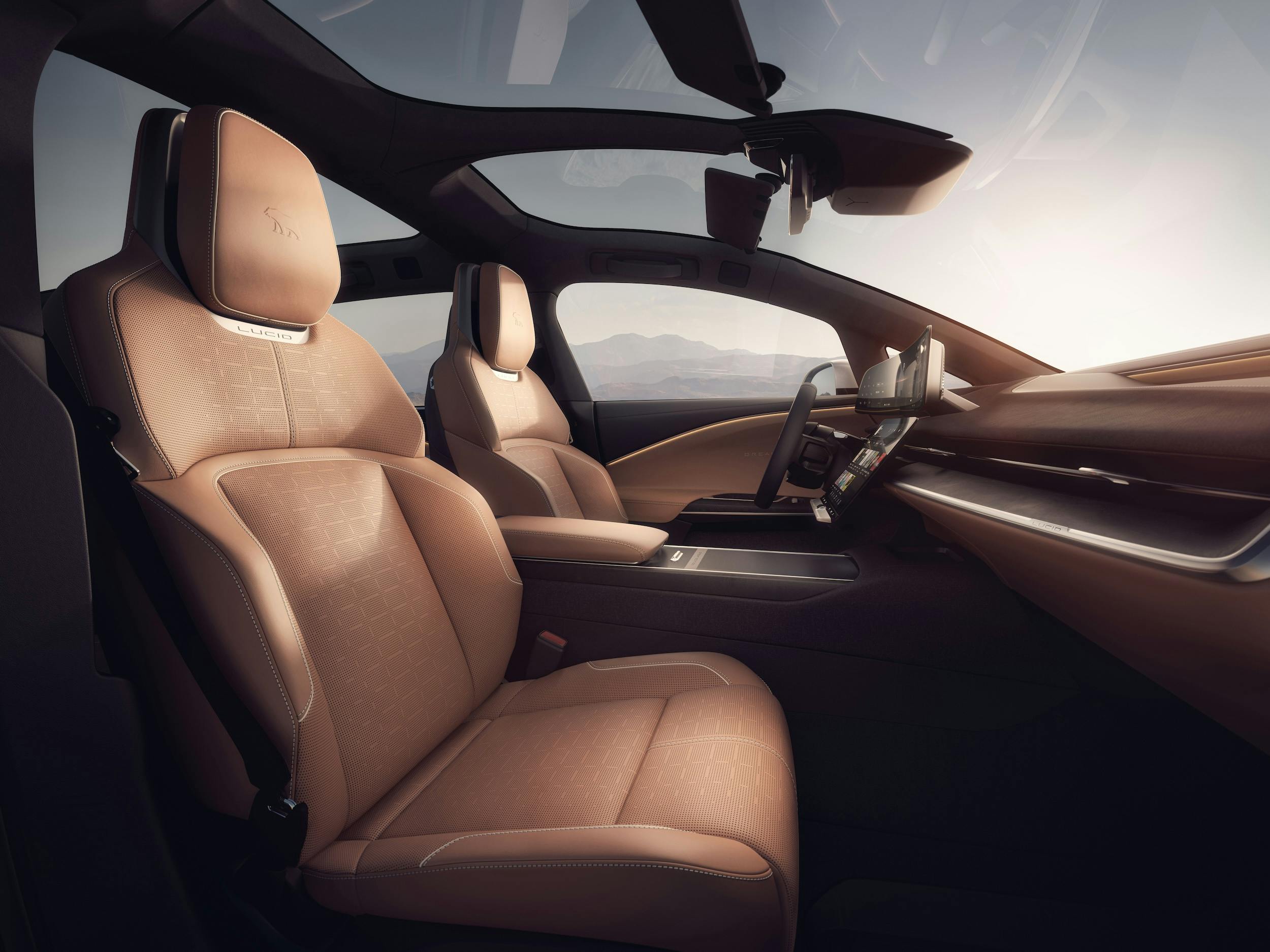
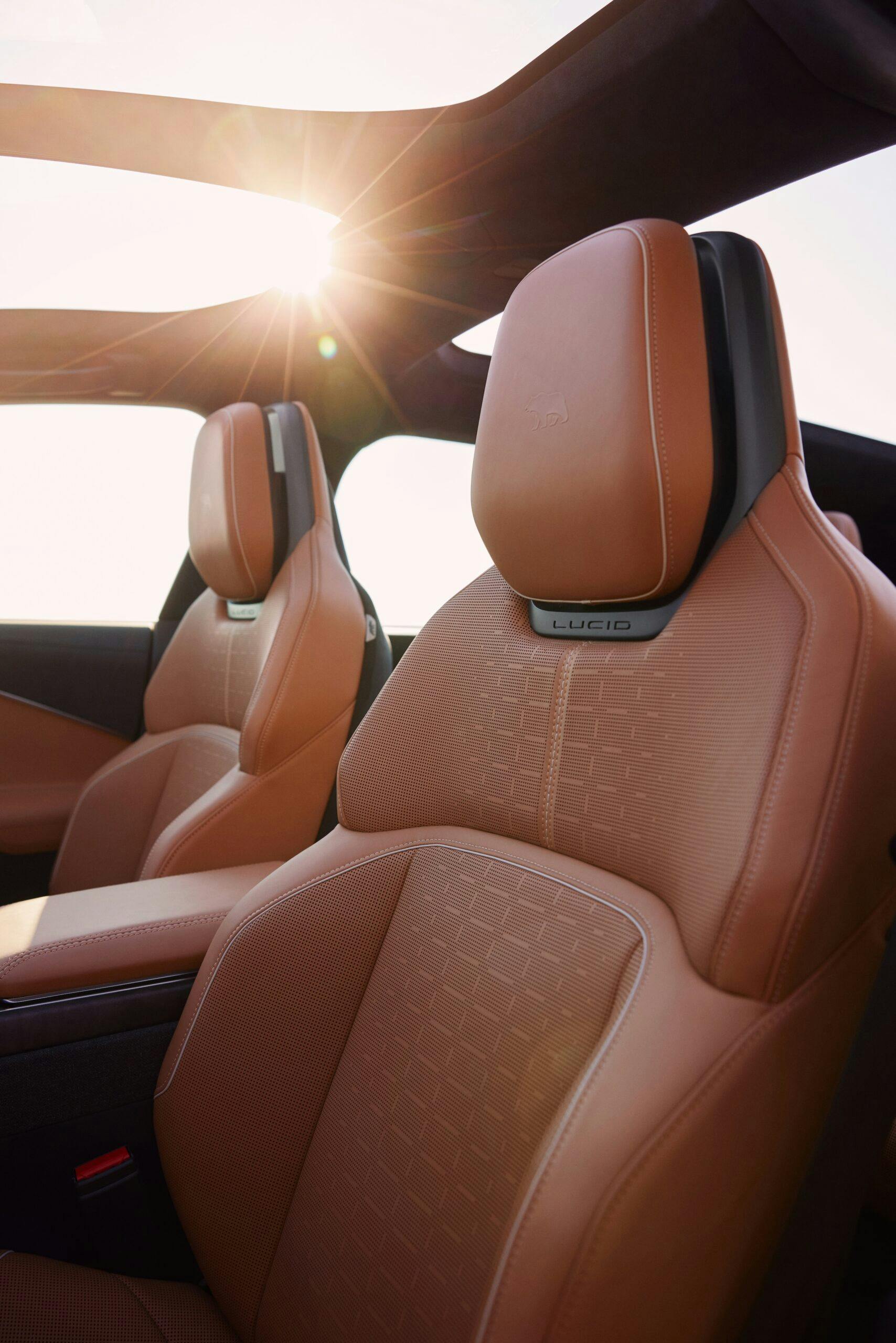
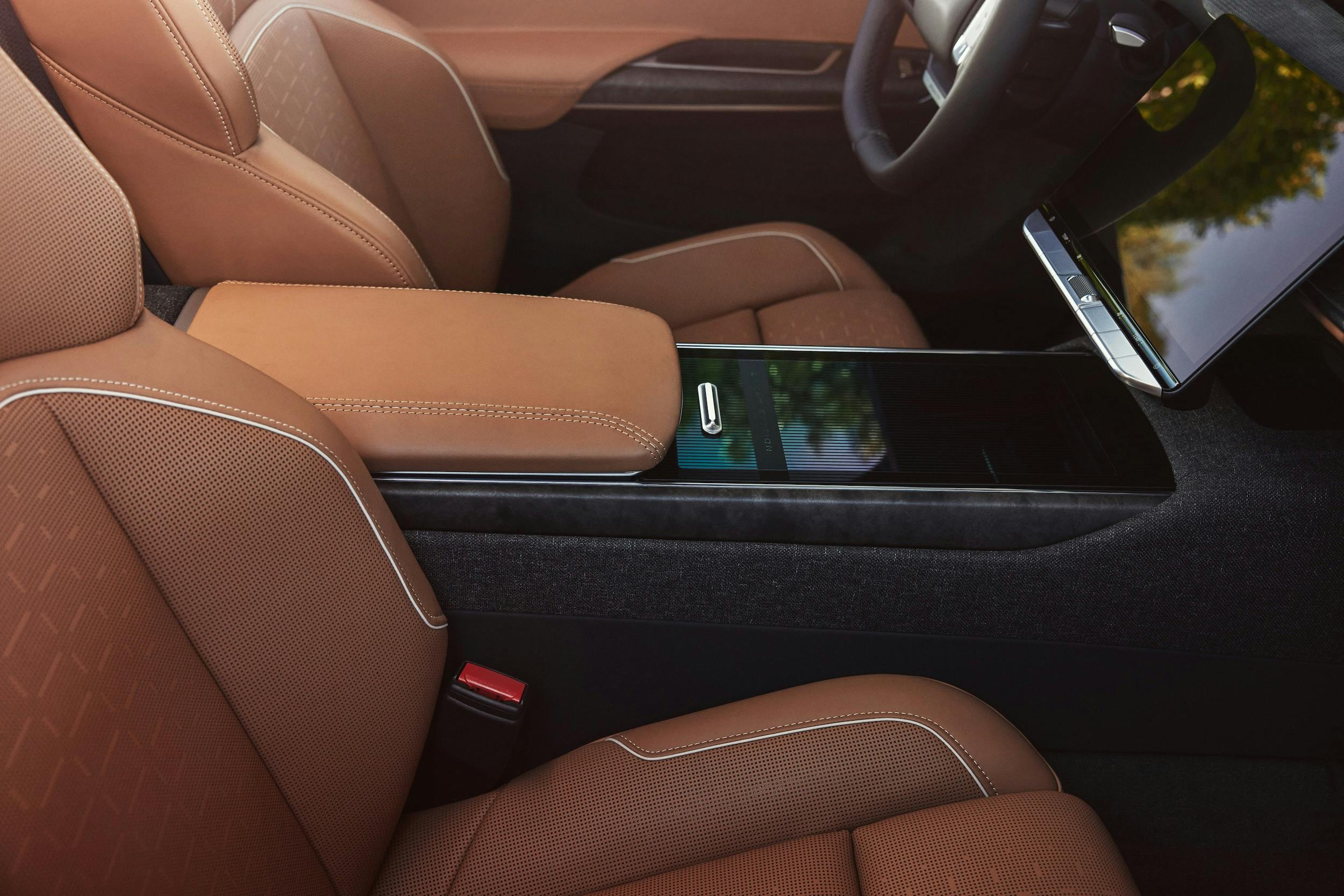
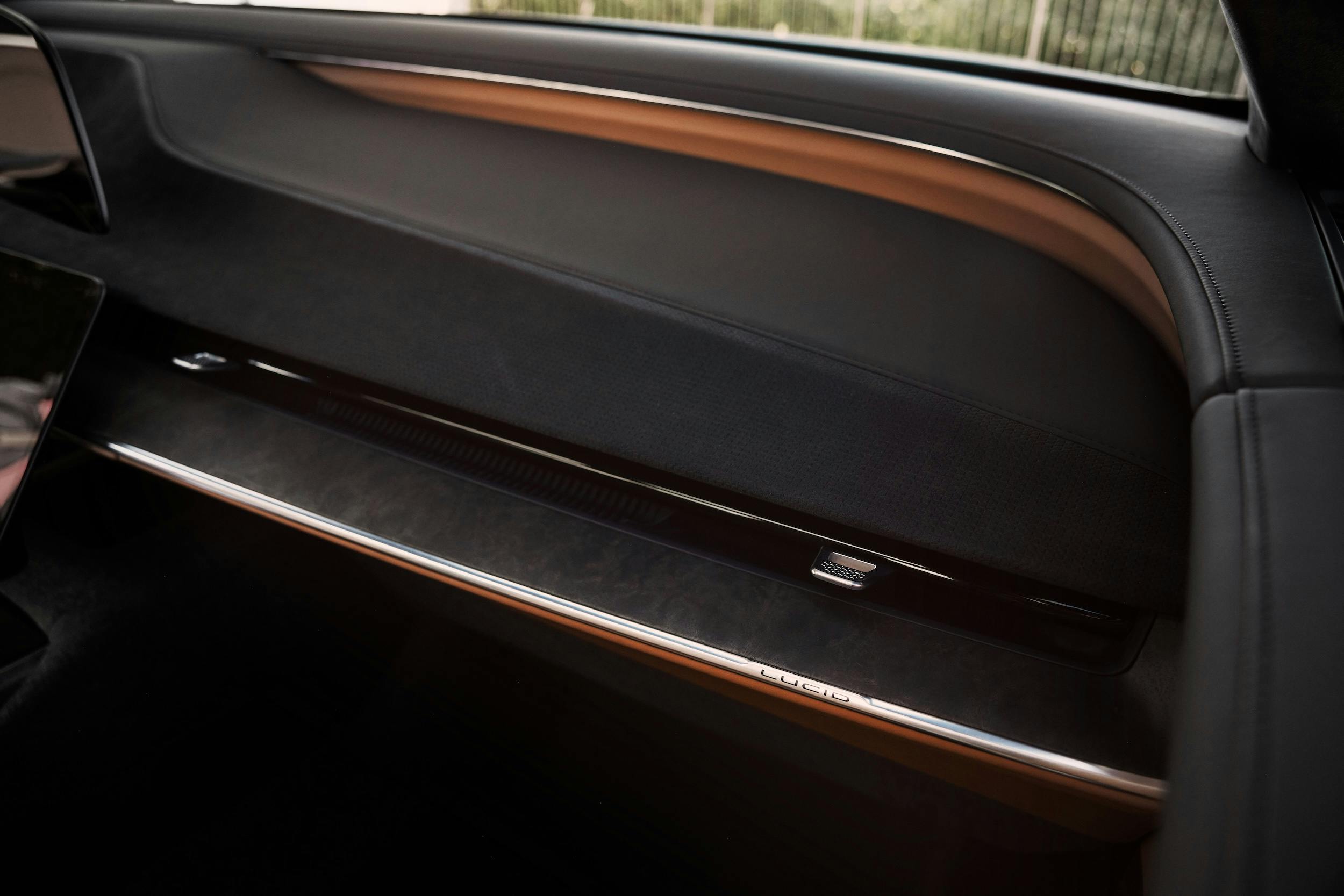
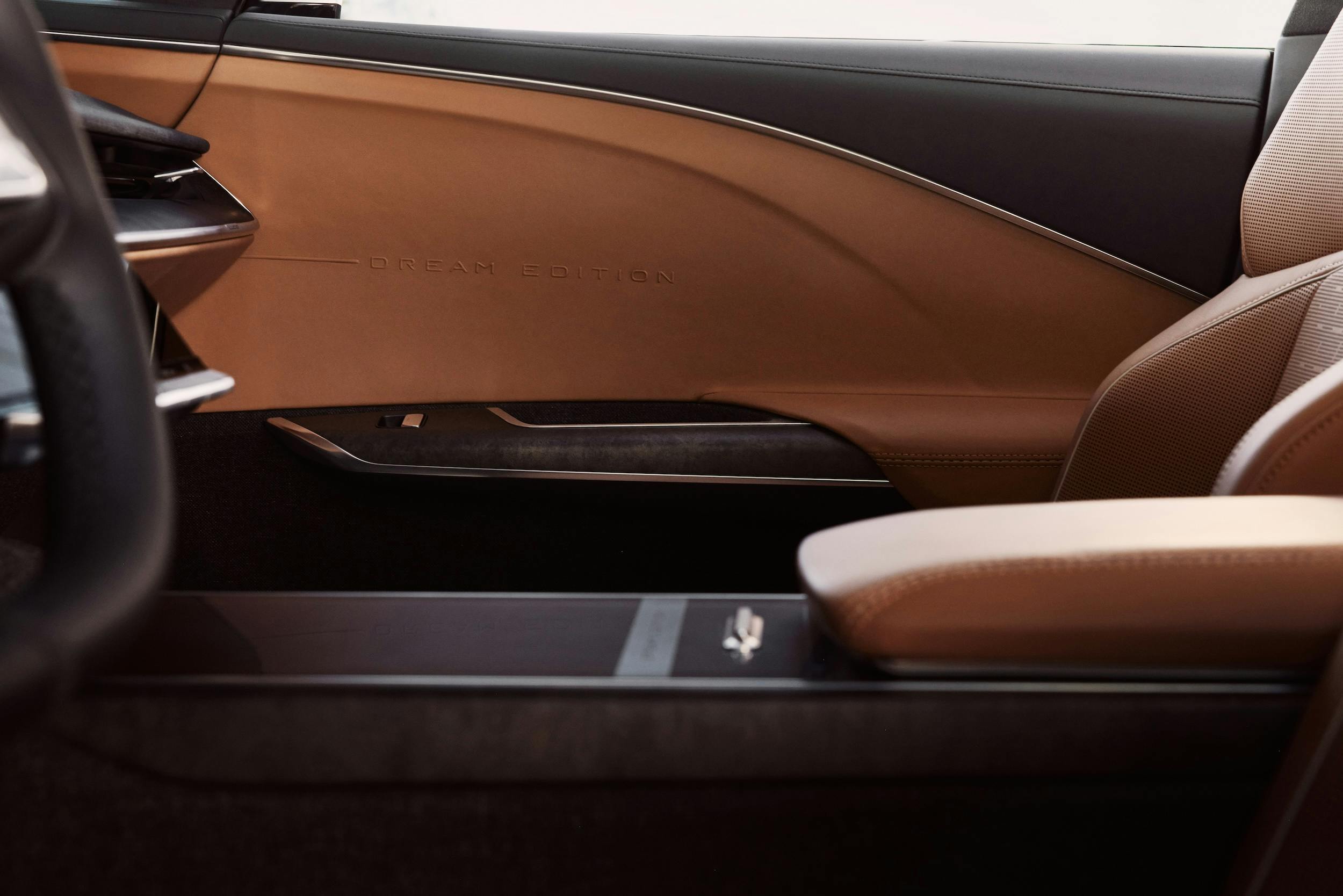
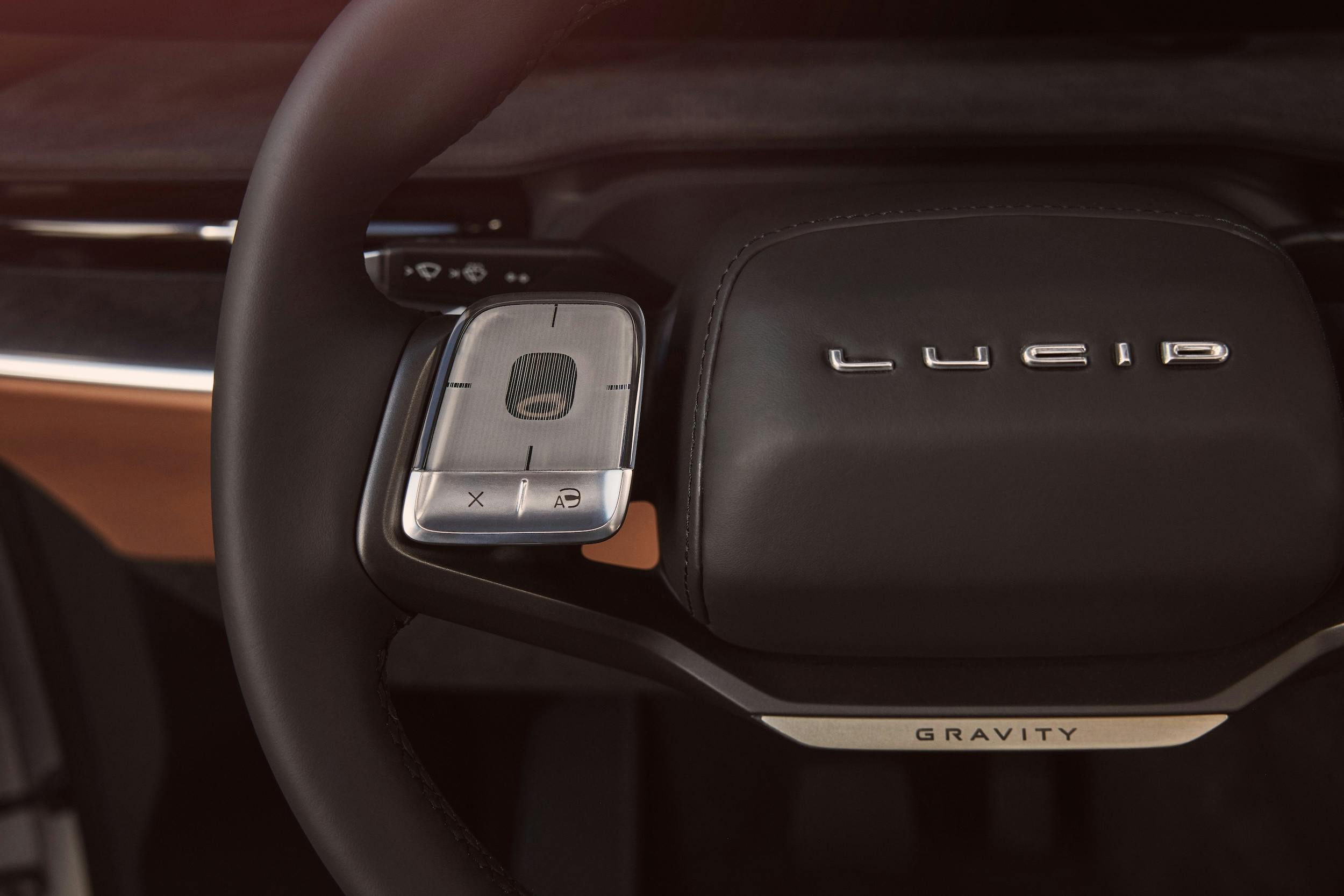
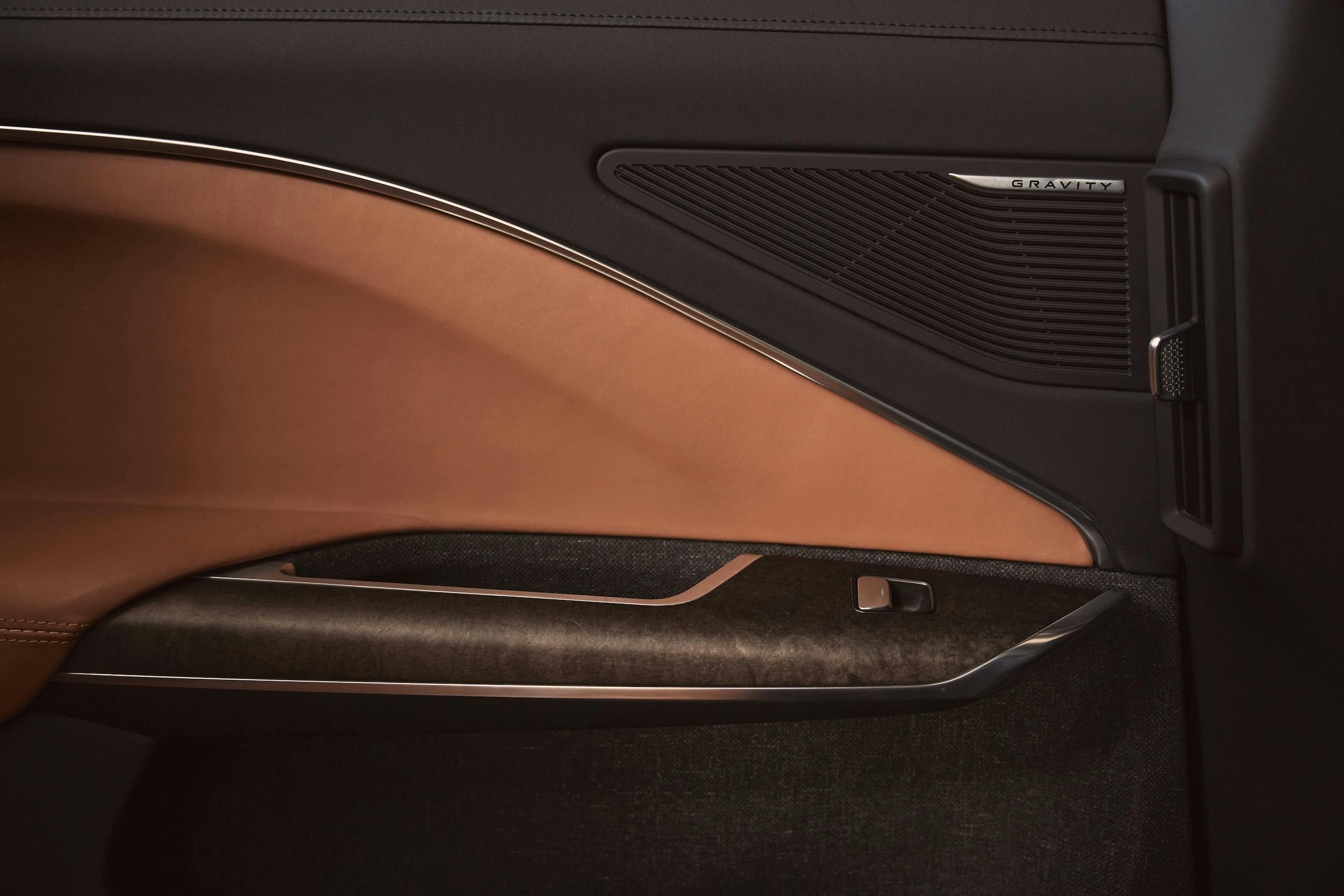
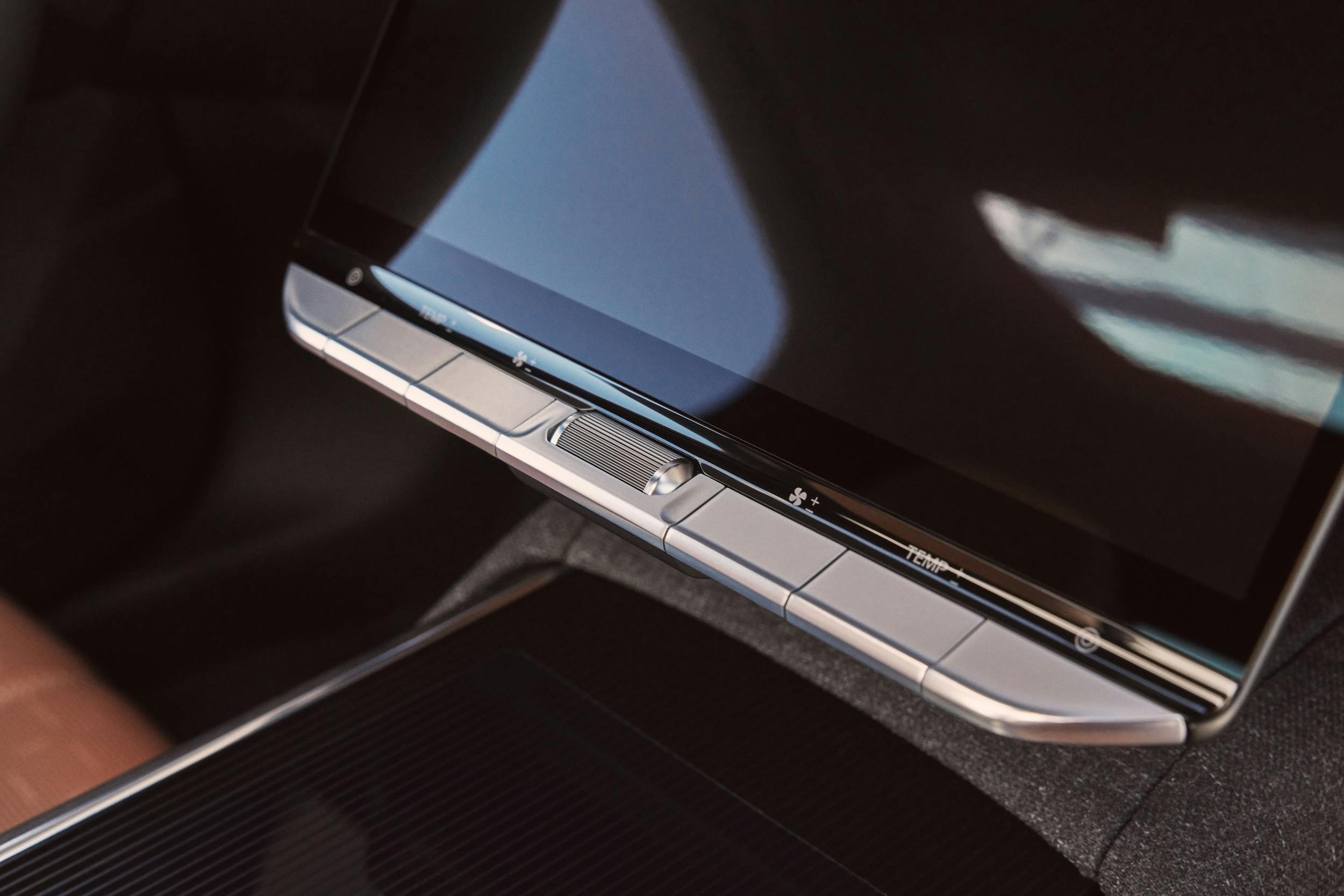
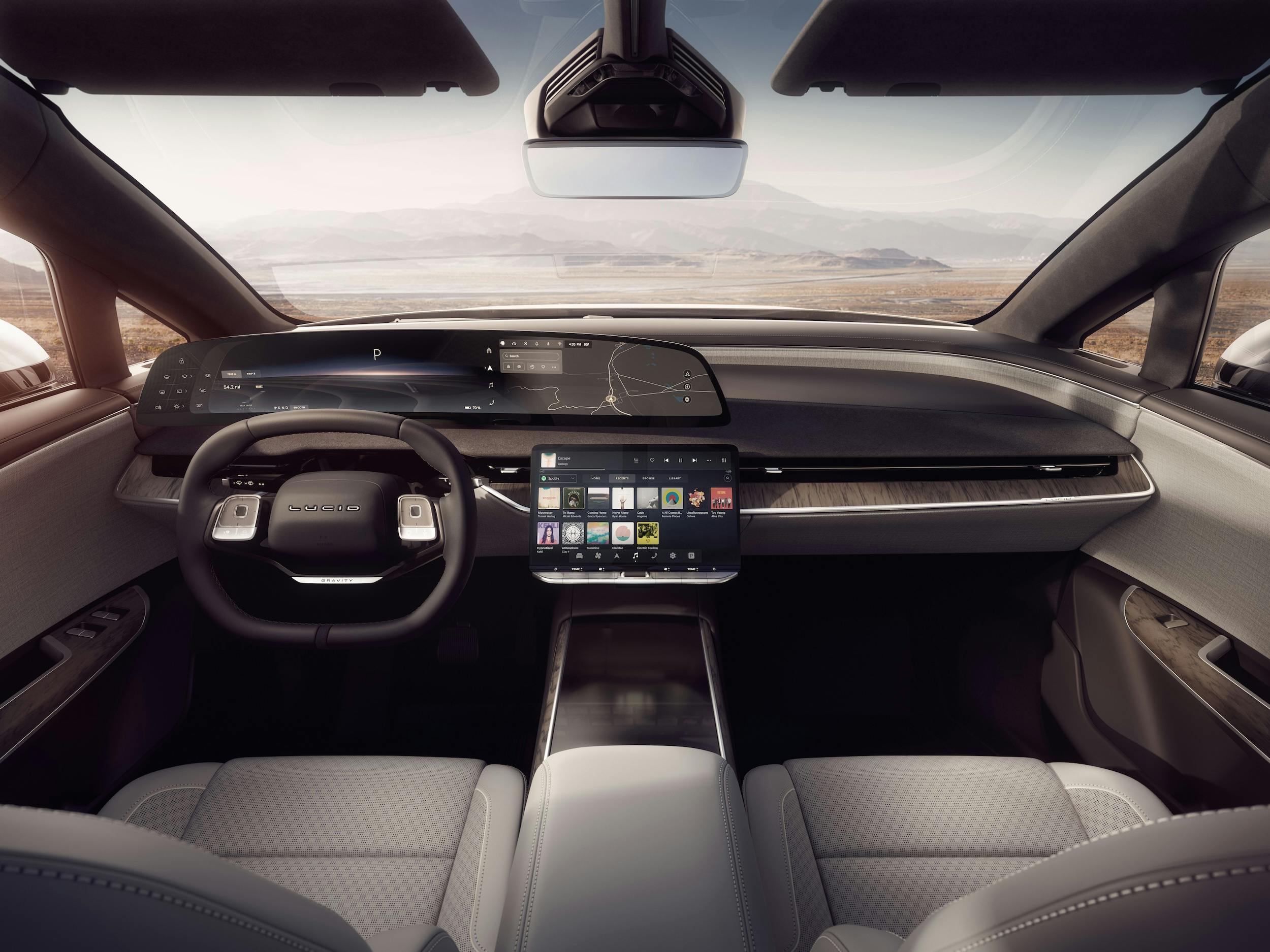
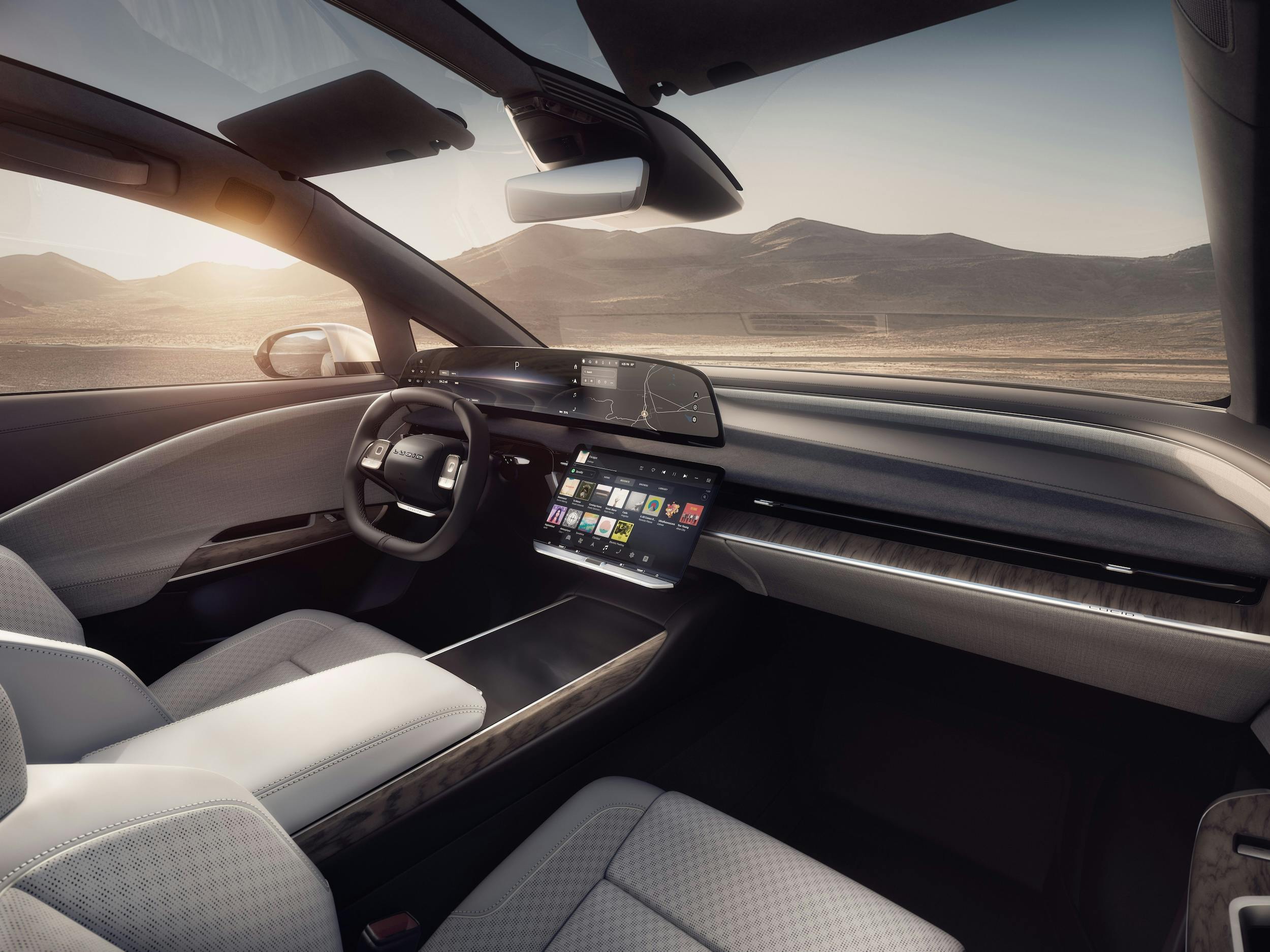
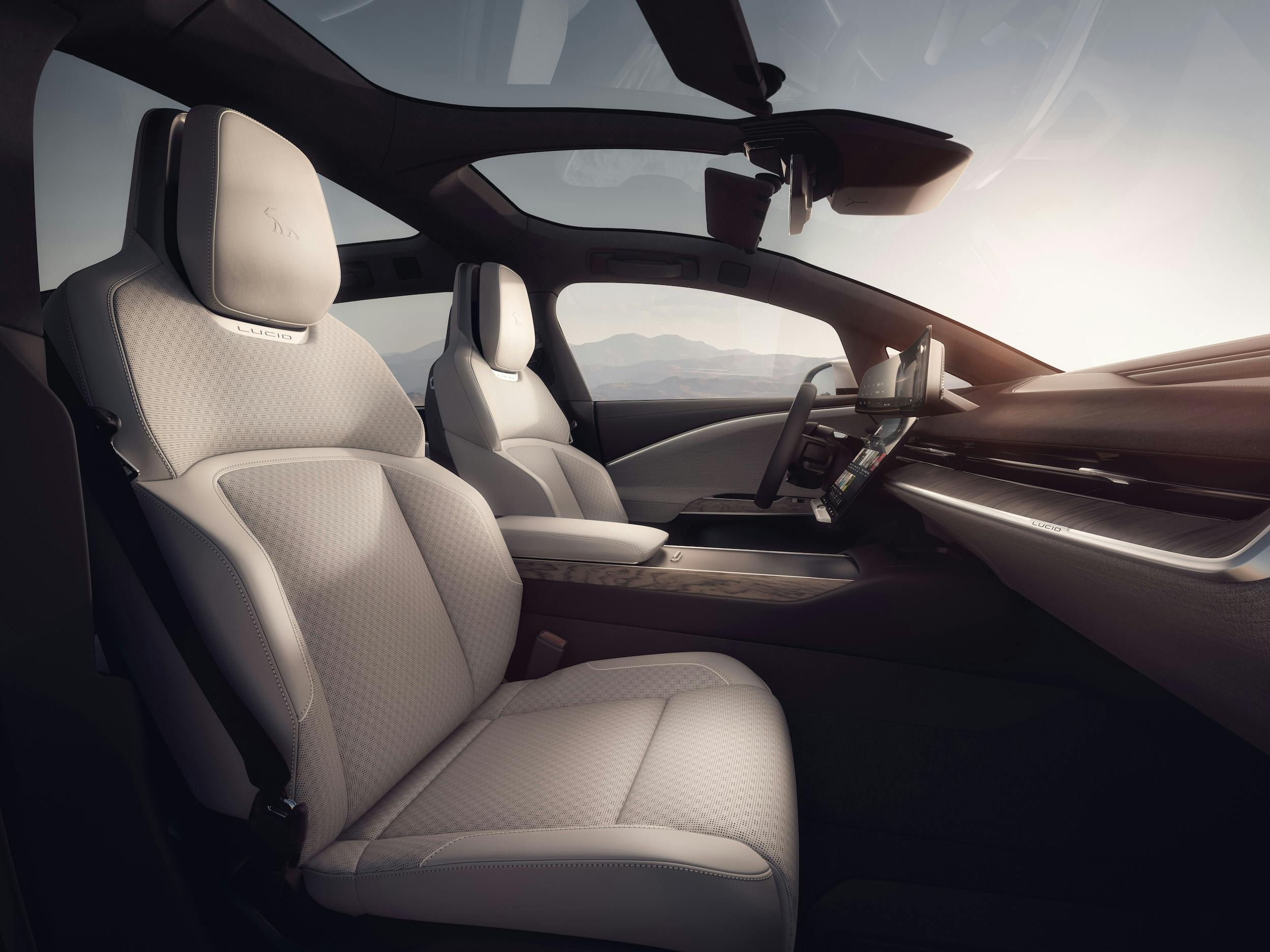

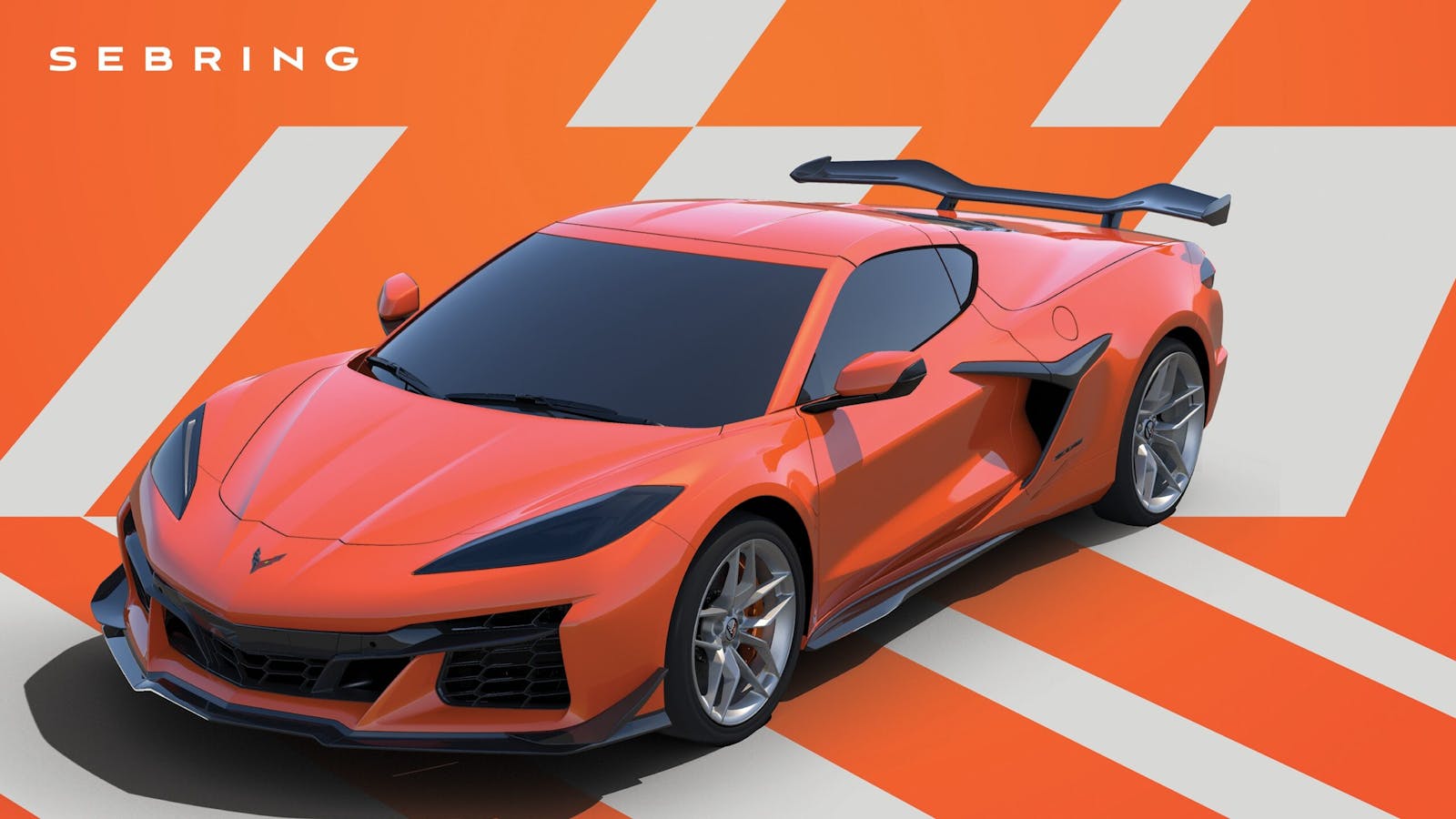
I rather consider 15 minutes of charging to yield 200 miles of range ” trickling in” versus ” blasting in”. Two minutes would be impressive, Fifteen minutes simply confirms the current impracticality of these as a singular vehicle for all transport. Bluntly stated, what we have here is but another bloated three ton rolling battery that is somehow supposed to be better for the environment. Yeah, sure.
Oh, I’m sure it can tow 3 tons… just as sure as I am that I can carry two 100 pound dumbells… but in both cases, only a short distance for show, nothing really useful. I will say their sedan IS beautiful… but then again, for $100K it SHOULD be!!!
I like the company but I can’t stand the compromises made by batteries. A power generator ICE motor would be better to me but that isn’t going to happen.
If I refuel my truck at a truck stop pump (higher volume), conventional fuel station, or at home with 5-gallon cans, it has ZERO impact upon the longevity of the drivetrain.
Based on other EV’s that are currently available, my guess is that it will actually weigh closer to 7000-8000 lb (the new Hummer weighs 9000 lb) and the actual price will be closer to $100,000-120,000. But hey, there must be people who can afford it. Too bad I am not one of them.